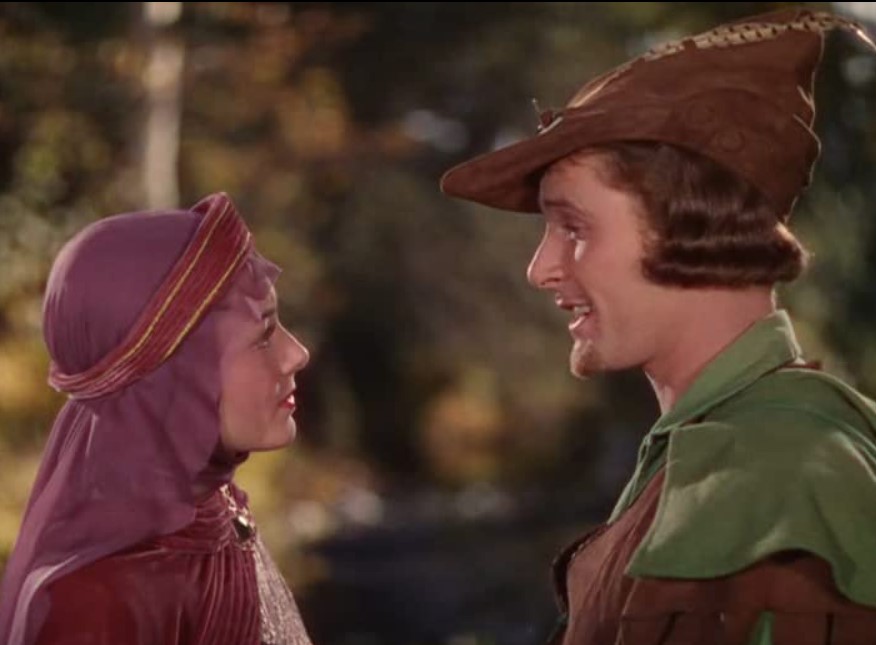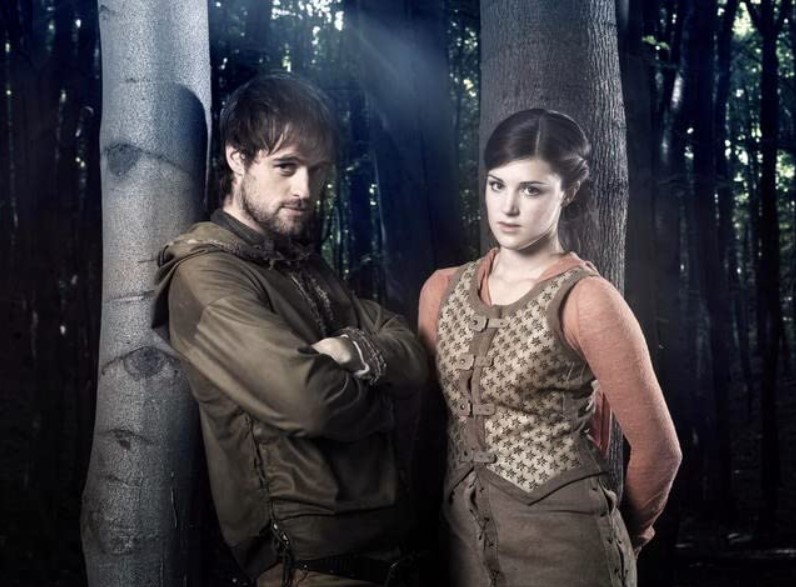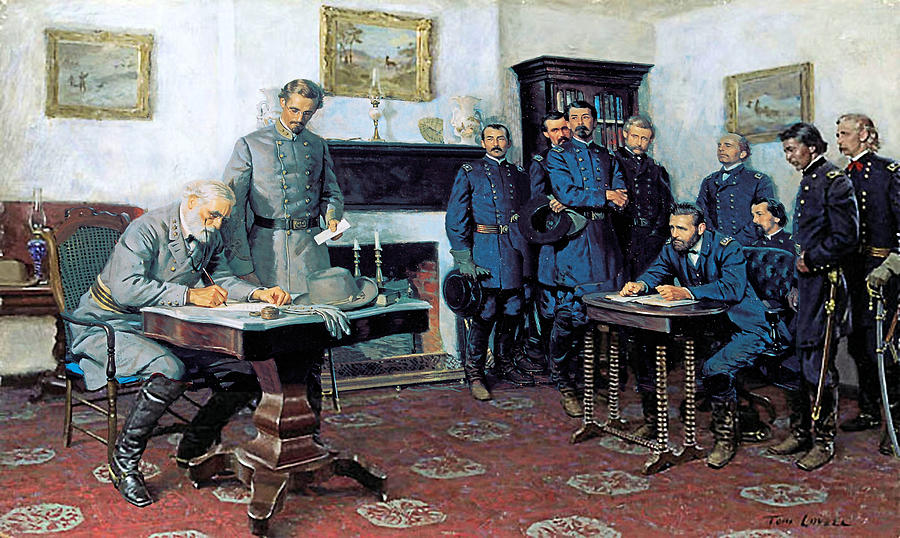Robin Hood & The Civil War: Another Angle on Memory (Part 5)

Part of a series
Memory. I’m talking about the historic kind, the slippery slope kind. Spending summer evenings watching a Robin Hood series edged my thinking toward the need for heroes and how memory is often conformed to the era in which it is evolved.
Let’s take Robin Hood as the “innocent” example and then we’ll get to the Civil War angle.
At least seven centuries separate us from the man or men called Robin Hood, and medieval scholars aren’t even sure if he existed. We know that there were outlaws, extremely skilled archers, a forest called Sherwood, a town called Nottingham, and even some dispossessed noblemen. Then there’s the saga of memory—ballads, illuminated pages, Elizabethan May Days, the Romantic Era of literature, the rise of the working middle class, the desire for an age of chivalry. And Robin Hood gets to be part of it all!
(If you are curious about some more in-depth guesses at who the “real Robin Hood” might have been, I found this documentary and history-mystery really interesting.)
Robin Hood was a figure of chivalry, an impudent robber, a myth, and a champion of the working class—all in the Civil War era…according to the newspapers of the time. It just depended on who told the story and what point they were trying to make.
Now, fast-forward from the 1860’s to 1938 and the technicolor film The Adventures of Robin Hood. A classic from the early “golden days of Hollywood,” the movie is a take on the traditional, chivalric Robin Hood. Maid Marian always needs rescuing. The bad guys are bad, the good guys are good, and the comic relief is sublime. Basically, if a Civil War era person had seen this film, they would recognize Robin Hood.

But there are some really fascinating themes in light of the social and political era. Errol Flynn’s lead character takes a strong, bold stand against oppression and has elements of a freedom fighter. He also heavily focuses on “robbing the rich to give to the poor” – a typical theme in Robin Hood stories across the centuries. How would these themes have played to the audiences during the Great Depression? As communism started to be an American concern? As Hitler conquered territory in Europe?
Now, since we want to get back to the Civil War, I’ll skip the film by film examples of how Robin Hood transformed on the big screen or TV series. (If you want to explore that, this is an interesting article).
Let’s jump to the BBC Series which started in 2006. I don’t think Civil War folks would recognize this version of Robin Hood. He’s more roguish than chivalric, spontaneous, actually fails sometimes, is rescued by Marian occasionally, and leads a racially integrated band of merry men (and a few bold women). Bad guys are complicated with unfolding backstories. The comic relief is still splendid, albeit a bit more modern than 19th or early 20th century humor.

In 2006, Robin Hood still robs the rich to give to the poor, but now the love of his life (Marian) fights alongside him and sometimes wears trousers. What happened? Uh…times changed. And since we’re not really sure about the real facts of Robin Hood, the story can be bent and conformed for a variety of views. No problem? Depends on your point of view.
Now, this trend is probably harmless when it comes to Robin Hood. (And I can equally enjoy both Errol Flynn and Jonas Armstrong’s portrayals of the folk hero.) But it was along this low-risk trail of thought that I started re-approaching Civil War ideas.
We’re a little luckier with the Civil War. People actually wrote things down and a lot of those papers have survived. Which means…there are facts, and facts that can be checked and verified. That’s already a step ahead of poor Robin Hood!
However, just as it’s possible to track Robin Hood’s evolution through the centuries, we can track changes in thought patterns about the Civil War across the decades. I think we can all agree that some trends have been really good…while others have been (ahem) problematic.
Let’s just take two well-known figures and do a little exercise:
Robert E. Lee and Ulysses S. Grant
Now, think about the things that you’ve heard through the years about these guys. Probably a very wide range from slave beater to perfect tactician or butcher to savior of the union. And you’ve probably heard some pretty passionate explanations for those and everything else in between?
My point is not to debate the merits of those titles, but to illustrate out how stories appear and how interpretation of facts can merge and morph over time. Interesting, right? Now, add the next layer: the era. This encompasses the thought-processes of a society, educational norms, politics, cultural norms, etc. etc. How does a hero or legend fit into “the era” that is speaking about him? Do they accept him? Change him? Revile him? And why?
Back to Robin Hood – I’m okay with Lady Marian shooting arrows and going adventuring in the forest…but 160 years ago that would not have been “cool.” Times change. Understanding this is so important for looking at the saga of history.
Eighty years ago it was okay to write a biography and just kind of sweep the slavery stuff and other eye-brow raising topics under the proverbial rug. Now, that’s not generally accepted in new publications. Authors have their reasons for writing and focusing on certain aspects. Authors help to create the interpretation and memory of the history for the era they live in. Exciting and scary, right?
I think there are many of us who read about the past or work in the history field that have some level of concern about this and a deep commitment to following the primary sources. My touch-point that I keep coming back to is: what are the facts? Are they from a primary source created near the time of the event or something written at a later point?
It’s hard. For a while, I walked down a road and believed a lot of legends about the Civil War. No one is born with or suddenly wakes up with the knowledge of fact vs. legend. Please remember that when interacting with others. But also, please be aware and keep reading about Civil War historiography. Track how stories or perceptions have changed through the decades and compare them to the “known facts” recorded close to actual events.
I’m grateful that I got to watch Robin Hood this summer because it helped me step back from the intense pressures in the history field and get some new perspective and good reminders about the evolution of memory and the bumpy road of researching and sharing history as humans. The point of this article is not to argue about Civil War memory, but rather to approach it from a different angle. To be aware of it is a good starting place for any research project or historical interest. I’ve started asking myself as I approach new biography projects: what do the primary sources say and have they been interpreted differently through the decades of memory?
There’s one more thought from Robin Hood that I’ll be sharing tomorrow, touching a little on memory and more on the idea of heroes in connection to the Civil War.

I really enjoyed the documentary/history-mystery you included. Tony Robinson was aiming at entertainment with a character he obviously loves, but he also did a fair amount of the kind of analysis you were reminding us we all need to do when exploring an historic or not historic character. Thanks for a great series of posts.
I loved that documentary too and now I’m glad to share the link. I listen to a lot of documentaries while editing, but this one I actually went back later and watched. So much to learn!